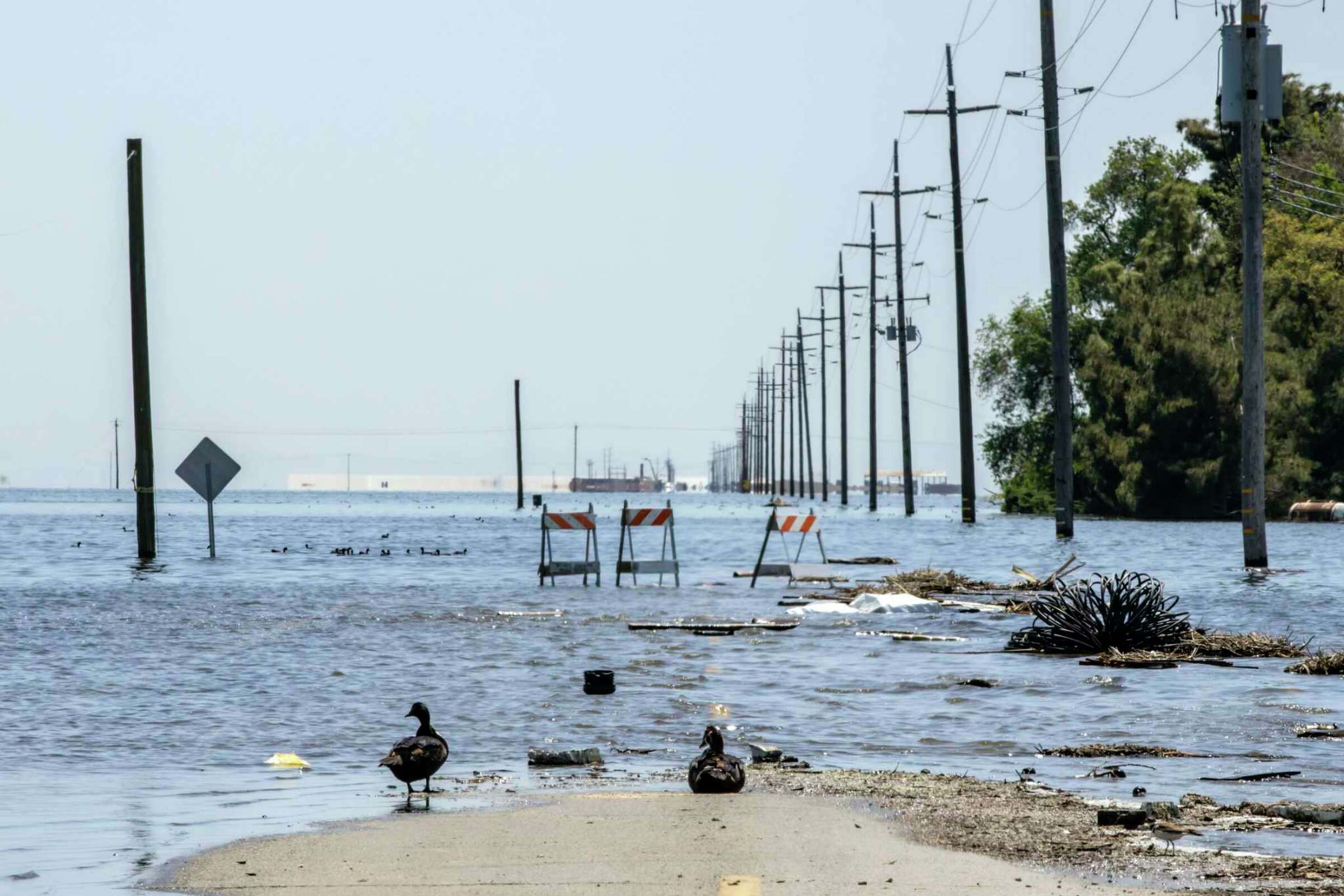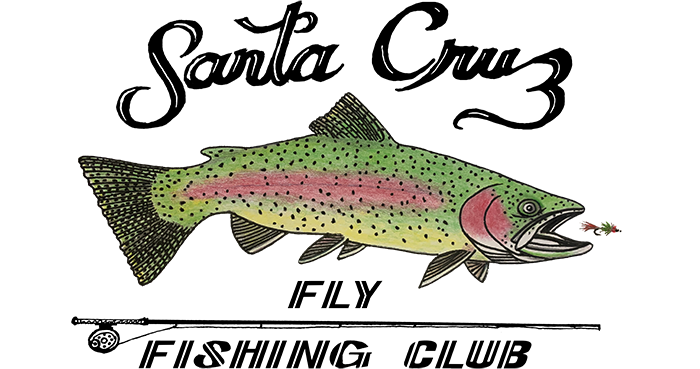
Some of the expected outcomes of the onslaught of storms this year are the near record snowpack, reservoirs full to the brim and swollen rivers. With climate change, we can expect more drastic swings between flooding and drought in a feast-or-famine cycle. One event during heavy rain and snowpack years is the re-emergence of the “ghost lake”—Tulare Lake. Part of the complex history of man controlling water in California, Tulare has an interesting legacy. Tulare Lake was once the largest lake west of the Mississippi River, although its size varied between dry and wet periods. It was fed by the Kings, Tule, Kaweah and smaller rivers. During a typical year, the lake covered 650-700 square miles!
It provided habitat to a vast number of wildlife including thicktail chub (now extinct), hitch, blackfish, Sacramento perch, pikeminnow, sucker, Tule Elk, blackbirds, singing marsh wrens, geese, ducks white pelicans, black cormorants, herons, egrets, frogs, turtles, otters and beaver. Living off the abundance of wildlife were the indigenous Yokuts bands.
The demise of the Yokuts and Tulare lake can be traced to the appearance of European settlers. In the case of the Yokuts, malaria, smallpox, enslavement, genocide and the loss of their ancestral land were certainly devastating.
For Tulare Lake, after California became a State, the newly annexed “swamp and overflow” land in the area was subject to sale by the federal government for pennies. The conditions for sale were that the lake can be crossed in a boat and that the prospective buyer was willing to drain the lake for the purpose of farming. With this incentive, farmers engaged in constructing levees and other water containment measures to make the lake bed farmable. The final blow to the lake came in the first half of the 20th century with the influx of mega farming. These farmers had a hand in convincing the Army Corps of Engineers to spend millions of dollars building Pine Flat Dam on the Kings River as a flood control structure. Following shortly afterwards, dams on the Kaweah, Tule, and Kern Rivers were built. So, except during years when the snowmelt overwhelms the flood control infrastructure (1969, 1983, and 1997 and 2023) Tulare Lake does not exist. From a wildlife resurgence perspective, this year can be considered a wonderful event. Not to mention recharging much-depleted aquifers that have been over-drawn over the years. The downside is how all the water has disrupted and displaced residents in the region. Many of the residents are on the low end of the income scale, will loose farming jobs. Water managers in the area think that it may take a year or two to reclaim much of the lake for farming, costing the economy over a billion dollars.
While we will never return Tulare Lake to its historic glory, I can’t help from thinking if a scaled back version of the lake would be a compromise for the best interests for all stakeholders in California.
For an interesting read, see the following website: https://californiawaterblog.com/2023/04/16/lake-tulare-and-its-fishes-shall-rise-again/
Posted on June 21st, 2023
